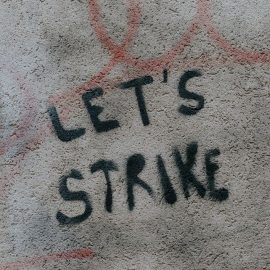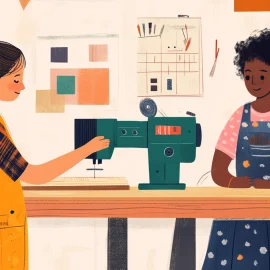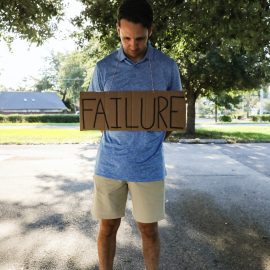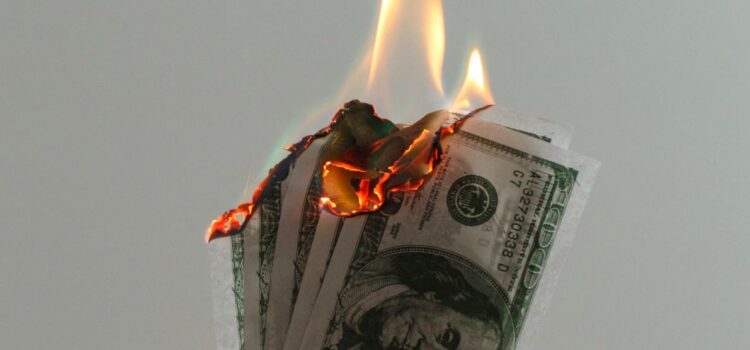
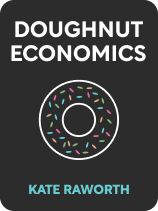
This article is an excerpt from the Shortform book guide to "Doughnut Economics" by Kate Raworth. Shortform has the world's best summaries and analyses of books you should be reading.
Like this article? Sign up for a free trial here .
Is the economy an open or a closed system? Why does traditional economics treat the economy as a closed system?
According to Kate Raworth, traditional economics has a closed-system model for the economy, which operates simply as a series of “inflows” and “outflows” of money, closed off from everything else. This model puts the economy in isolation and treats it as a machine, governed by a simple and predictable set of inputs and outputs. In an open economic system, on the other hand, the economy is embedded within the environment and the planet itself.
Here’s why the economy is an open system rather than a closed one.
Kate Rawoth: The Economy Is an Open System
According to Raworth, the closed model of an economy is deceptively simple and ignores how the economy is actually an open system embedded within larger systems—1) the society and culture within which it operates and 2) the planet itself. The open economic system is a subsystem operating within a complex set of larger systems like society, politics, evolutionary biology, and climate science—that it both influences and is influenced by.
She writes that the economy cannot exist without society or the planet’s natural resources. The economy depends upon the connections and institutions of our society such as language, government, culture, ethics, morality, and law, as well as the natural resources and energy provided by the planet. The economic events we observe in the world arise out of the interplay within and between complex systems and the feedback loops they create. The economy depends upon the systems that sustain it, such as natural resources, agricultural production, population growth, and a stable society. She argues that if unchecked growth pushes these systems toward collapse, our entire economy and civilization could collapse too.
And because our society and planet give the economy the resources it needs, our economy must be organized to serve and steward them—not the other way around.
| Markets Need Society William Easterly explores this theme of the social underpinnings of markets in The White Man’s Burden. Easterly writes that a free-market system can only exist if it’s rooted in a broader society that has the necessary conditions for it to function properly. He emphasizes that markets don’t exist in a vacuum—they need a well-developed civil society, functional government, a legal system that respects private property rights and is based in the rule of law, and adequate regulation to ensure that goods are safe and reliable. Perhaps most importantly, writes Easterly, markets require a high degree of social trust among strangers to foster an economy based on voluntary transactions—after all, trust is the only way customers know they won’t be ripped off, that what’s being sold is genuine, and that people will honor debts and pay for goods they’ve ordered. These values are deeply rooted in local culture, values, and history. |

———End of Preview———
Like what you just read? Read the rest of the world's best book summary and analysis of Kate Raworth's "Doughnut Economics" at Shortform .
Here's what you'll find in our full Doughnut Economics summary :
- Why we need a top-to-bottom redesign of our global economic order
- Why long-term economic growth is unsustainable
- How inequality fuels a feedback loop that leads to more inequality



